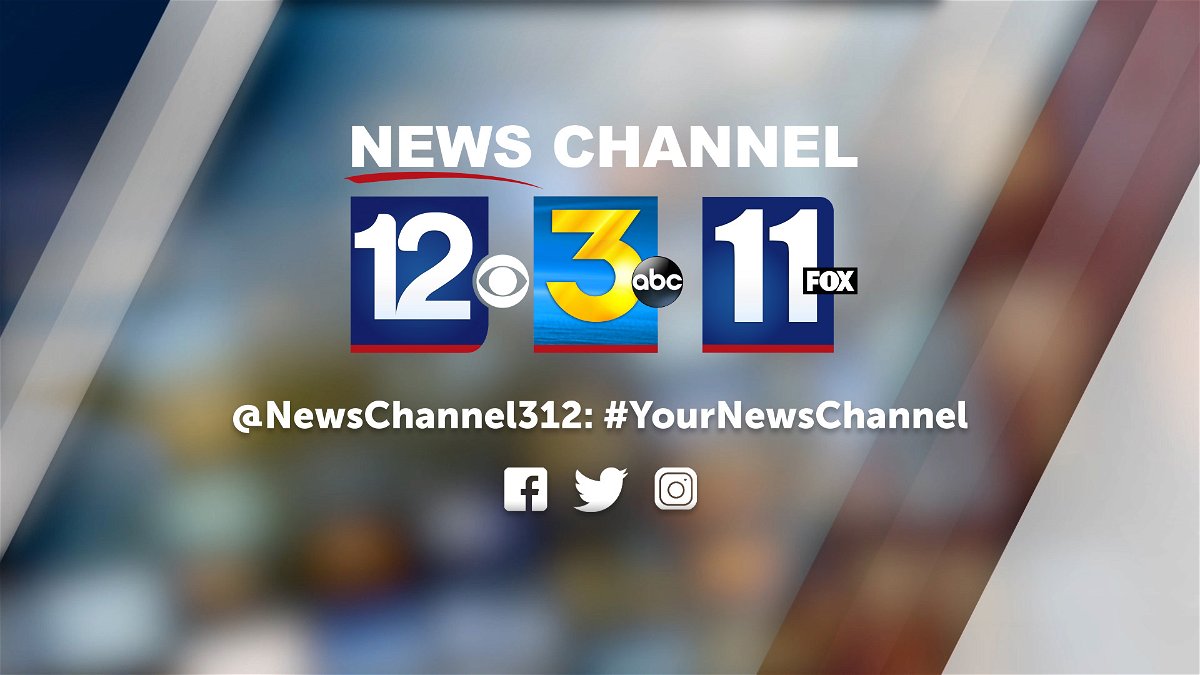Oakland Unified debuts all-electric fleet of school buses; 1st in the nation
By Molly McCrea and Juliette Goodrich
Click here for updates on this story
OAKLAND, California (KPIX) — The Oakland Unified School District is rolling out the nation’s first all-electric school bus fleet and providing a template to move away from pollution-producing diesel buses.
The district’s 74 EV buses will be entrusted with transporting all of the district’s 1,300 special education children beginning with the start of the school year Monday. Unlike other school districts, OUSD supplies buses only for special needs students, while offering free passes for AC Transit buses for the larger student population.
The new buses will not only result in less greenhouse gas emissions, but parents and schools can monitor precisely where the kids are thanks to a new integrated platform, and the buses can send power to California’s grid when not in use.
Some 27 million children in the United States take a yellow school bus to school every year. Half Moon Bay student Sam Shenkman loves buses and has ridden them for years, but the experience concerned his parents.
“Although he is bold and brave, and has a big personality, we worry about him,” said his mother, Julie Shenkman.
His parents worry because Sam is developmentally disabled. Like so many children with special needs, Sam has communication challenges. He has a hard time with expressive language, so when he returned home, he could not tell his parents what the bus ride was like.
His mother recalled when the school bus got a flat tire, and it was two hours before Sam got to school. It was terrifying not knowing where Sam or the bus happened to be.
“We never knew when he reached his destination,” said Shenkman. “We never knew if there were stops along the way. If there were any problems. And it was always a constant worry.”
Other concerns for parents of special needs children were that the buses were loud and dirty, and smelled of diesel exhaust. Shenkman explained how her child and others are hypersensitive and that the smells and noises are very disruptive.
In addition, the exhaust, especially from older diesel engines, is harmful to human health and the environment. The U.S. Environmental Protection Agency says half a million school buses in the U.S. run on diesel fuel, producing more than five million tons of greenhouse gas emissions every year. The pollution from diesel vehicles can cause heart and lung problems.
“All children are susceptible to the effects of air pollution. But special needs kids, particularly premature infants, children with chronic lung diseases, really feel those effects more severely,” noted pediatric pulmonologist Dr. Elizabeth Gibb from UCSF Benioff Children’s Hospitals.
“I think this is going to really change the entire way student transportation is done across the nation,” said Kimberly Raney, OUSD transportation director.
The 74 buses are quiet, air-conditioned, and very comfortable. Raney said the district made sure to purchase enough buses so all special needs children could benefit. Oakland is all about equity, she explained, adding that she wants to ensure every special needs child gets a fair chance at learning. And diesel buses were putting them at a disadvantage.
“For them to ride an hour each way, it’s two hours in a vehicle each way. They already have health issues, they’re already struggling in school,” said Raney.
To obtain the vehicles, the district partnered with Zum, an electric bus startup headquartered in Redwood City.
“Zum was founded out of a very personal need of mine,” explained founder and CEO Ritu Narayan.
Narayan got the idea when she was working full-time and struggled to find a safe, reliable solution for her own kids. She then discovered her own mother also had the same issue.
“This area is so antiquated, it’s very little touched by technology,” said Narayan.
Zum’s integrated platform connects the students with parents, bus drivers, schools and school district. When a child gets on or off the bus, a notification is immediately sent to all the parties, Parents can see the route, the identity of the driver, and the location of the bus.
“And that being such a peace of mind to everybody involved,” said Narayan. “Knowing your child is safe and traveling safely,” said the Zum founder.
Raney used to run a FedEx franchise. She was stunned to discover how consumers could accurately track a shipment and its arrival but not their own kids.
“For me, it was really important with the tracking and the technology from Zum to have that option, to be able to treat these most precious assets, our kids, more than a package,” explained Raney.
The Zum system will also find the best, most efficient route for the driver. If parents notify a bus driver through the platform that their child won’t be attending school on any given day, the driver can add that information and there is one less stop.
“Our teachers aren’t standing outside, just waiting randomly wasting time and energy,” said Raney. “With our tablets, we can reroute.”
The Zum EV vehicles are also equipped with technology called V2 or “vehicle-to-grid” bidirectional chargers that allow the buses to both charge and give power back to the grid.
EV buses are about two to three times more expensive than diesel buses, but Raney said with grant funding, the district covered about 50% of the cost. OUSD also worked with state lawmakers to up the contracts for the vendors from five to 10 years, which helped to offset the costs.
PG&E, the EPA Clean Bus School Program, the California Air Resource Board, Heavy Vehicle Incentive Program vouchers, the Bay Area Air Quality Management District, and the Clean Mobility Operations all collaborated to help accelerate the procurement of the new EV school bus fleet. PG&E is providing 2.7 MW of load to the OUSD facility.
It’s estimated that the 74 buses can supply enough hours of electricity to power up to 400 homes.
“This is just one small step it benefits all our kids,” said Raney. “And it will benefit the community and the nation.”
While Sam may have missed the chance to take a Zum school bus, he now has his own EV mobility vehicle that takes him around the neighborhood. His mother is happy to see special needs kids taken into consideration.
“So having a solution like this is truly wonderful,” noted Julie.
Please note: This content carries a strict local market embargo. If you share the same market as the contributor of this article, you may not use it on any platform.


